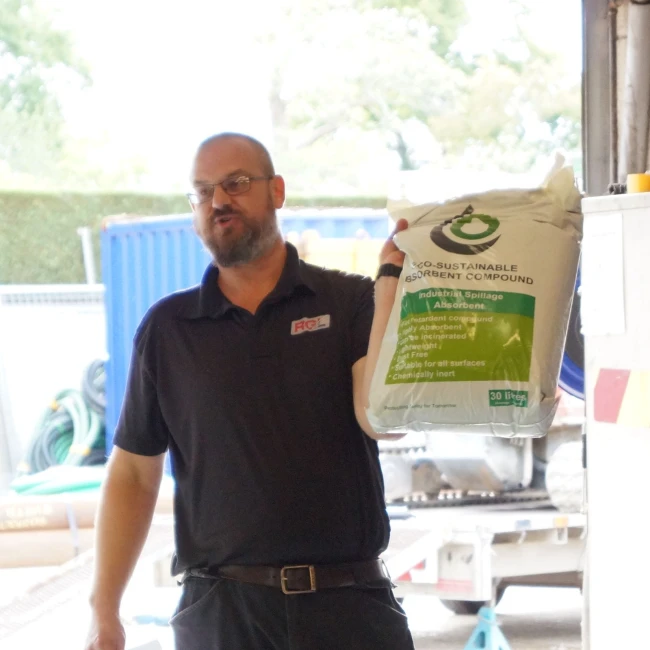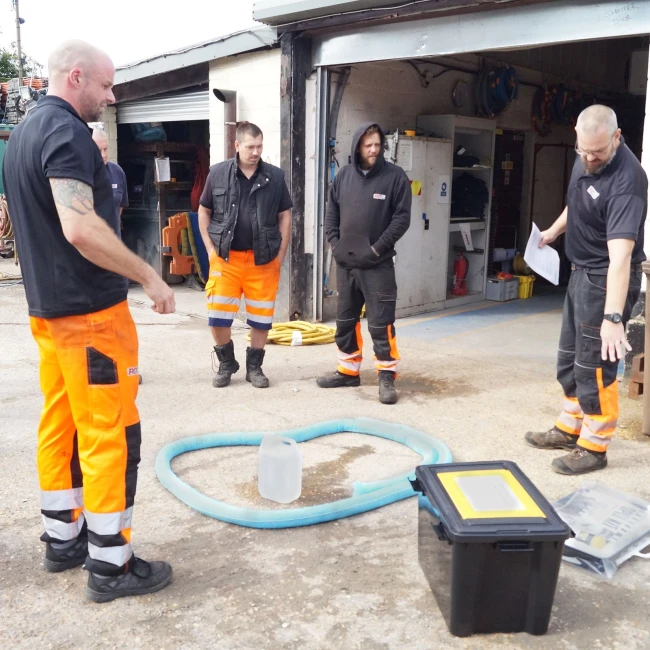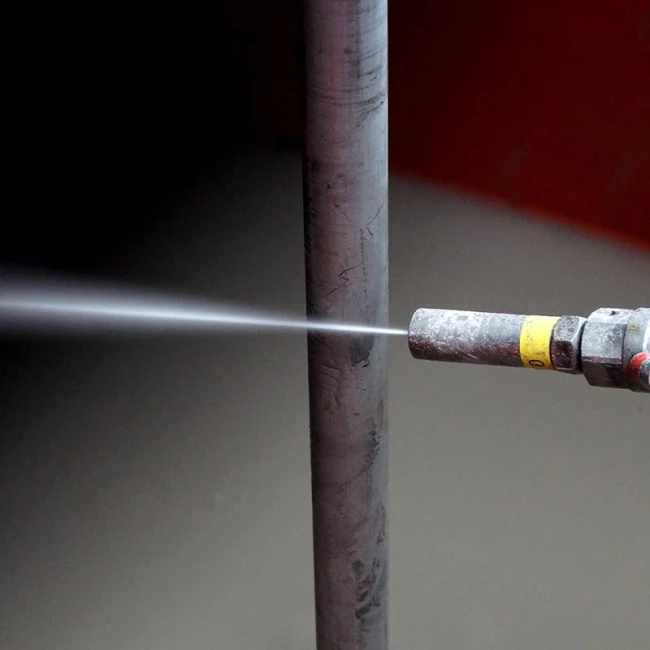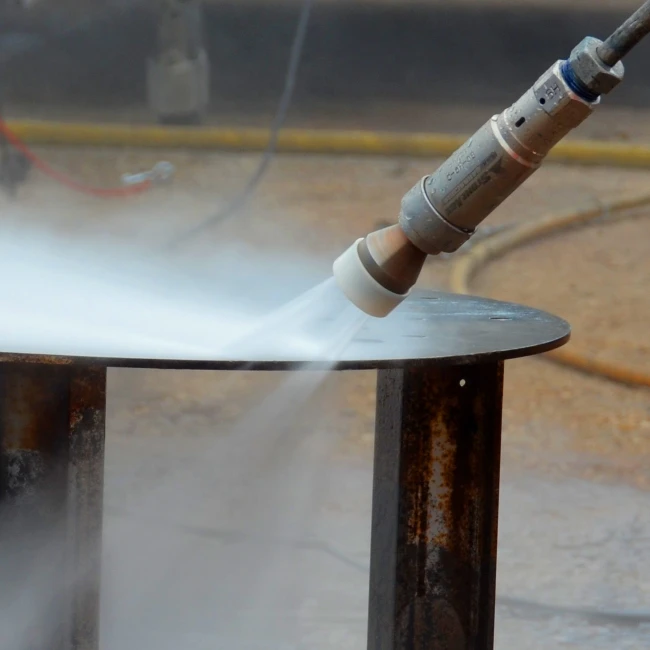Toolbox Talks: Spill Response Procedure
When you’re working with engines, oil, and diesel, day in, day out, accidental spills happen. They're not just messy; they can turn a quick job into a full-blown environmental headache if not handled right. That's why our latest toolbox talk hit home, all about liquid spills and the RGL Services Spill Response Procedure. Led by our Workshop Team Leader, Nick Lamb, it was a no-nonsense session packed with practical steps to keep our yard and third-party sites spotless (and compliant).
Why Spill Response Matters
In our line of work, dealing with fuels, oils, and non-toxic chemicals, prevention is key, but accidents are inevitable. This procedure isn't just paperwork; it's our frontline defence. It complements any host site's plan, ensuring we're all on the same page for basic prevention, quick response, and cleanup. The goal? Minimize risks to people, drains, and the environment.

What's in Your Spill Response Kit?
Every on-site setup comes with a ready-to-go kit, think of it as your spill-fighting toolkit. Here's the lineup:
- 1 x 7.5m Absorbent Spill Sock: Enough to ring-fence a single pump and contain the mess.
- 15 x Absorbent Spill Pads: Handles up to 20L of liquid like a champ.
- 1 x Drip Tray: Catches drips before they spread.
- 5kg Absorbent Powder: Tackles greasy residues.
- Waste Disposal Bags: For safe, segregated cleanup.
- Dustpan and Brush: For sweeping up the evidence.
- 1L Caustic-Free Shampoo: Gentle degreasing without harsh chemicals (water use pending site rules).

The Step-by-Step Procedure:
Nick broke it down into five straightforward steps.
- Stop and Assess
Hit pause on everything. ID the spill (check labels or SDS sheets), gauge the volume and source, and scan for dangers to folks, drains, or the ecosystem. - Protect Yourself and the Site
Gear up with PPE (site or personal). If it's safe, kill the source, flip a switch or valve. Pop a drip tray under any ongoing leaks.
- Contain the Spill
Lasso the area with the spill sock to build a barrier. Shield drains or sensitive spots, then deploy pads to sop up the bulk. - Clean Up
Dust on the absorbent powder for leftovers, sweep it into the pan, and hit greasy spots with the shampoo and water (if allowed). Bag it all up, no shortcuts.
- Report and Dispose
Alert the site supervisor or enviro officer, log the incident per site protocols, and follow their waste rules. Remember: spill waste isn't for the bin, handle it right.
Wrapping It Up: Stay Sharp, Stay Safe
Toolbox talks like this are what keep our workshop ticking without the drama. Shoutout to Nick for delivering it with his usual straight-shooting style.
Request a call back


